by Mike Haskew
On December 16, 1944, Hitler launched Operation Wacht am Rhein, or Watch on the Rhine. Popularly known as the Battle of the Bulge, the ensuing offensive was a desperate effort to win a major victory in the West. While Allied intelligence ignored signs of a German buildup near the Ardennes Forest, an area considered virtually impenetrable by mechanized forces, the Germans massed large armored formations and supporting infantry for a powerful strike through the lightly defended Ardennes. Counting on inclement weather to ground Allied air power, the swiftness of his armored spearheads crossing the River Meuse, and their ability to replenish empty fuel tanks from captured supply depots, Hitler gambled, and the offensive showed great promise during its early phase.
[text_ad]
The German Offensive Loses its Momemtum
The Germans swept forward, driving a deep salient into the lines of the U.S. 12th Army Group. As German tanks dashed for the bridges across the Meuse, pockets of American resistance slowed their advance, particularly at the surrounded Belgian crossroads town of Bastogne, where elements of the American 101st Airborne Division and Combat Command B of the 10th Armored Division refused to surrender. As its timetable was disrupted, the momentum of the German offensive petered out, and American resistance stiffened. Elements of the 2nd Panzer Division came within sight of the Meuse at the Belgian town of Dinant but were halted by an American roadblock.
Unable to find enough fuel to keep their tanks rolling, the Germans were forced to abandon many of their armored vehicles. The weather cleared after several days, and Allied fighter bombers assailed the German columns. A German battle group under SS Lieutenant Colonel Joachim Peiper advanced as far west as Stoumont, Belgium, before it was forced to pull back to La Gleize. Peiper’s command committed one of the most publicized atrocities of World War II, massacring American prisoners in a field near the Belgian town of Malmedy.
Irreplaceable Casualties
General George S. Patton, Jr.’s Third Army disengaged from a winter battle and turned northward to relieve Bastogne on the day after Christmas, and it became apparent that the German offensive had stalled and overextended its forward elements, which were subjected to heavy Allied air bombardment and ground attacks. By late January, the bulge had been reduced and the integrity of the Allied line restored.
The defeat in the Battle of the Bulge cost the Germans thousands of casualties and more than 600 tanks, both of which were irreplaceable. The fighting was by far the costliest of the war for the Americans, who suffered nearly 90,000 killed, wounded, or captured.
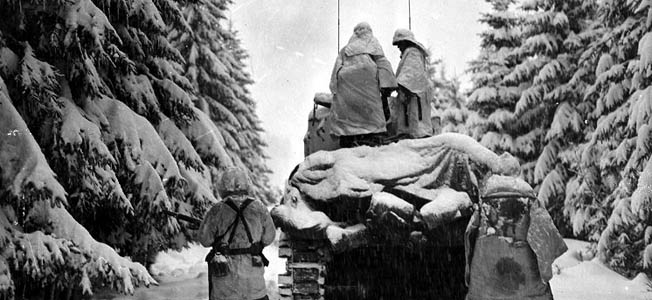
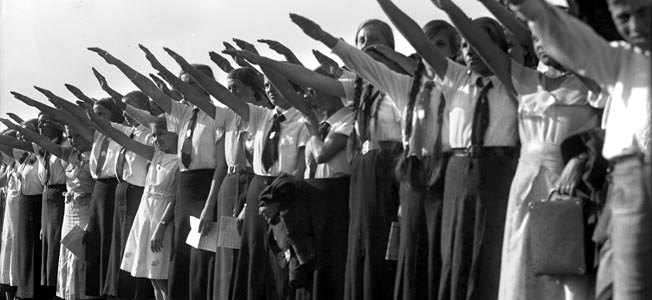
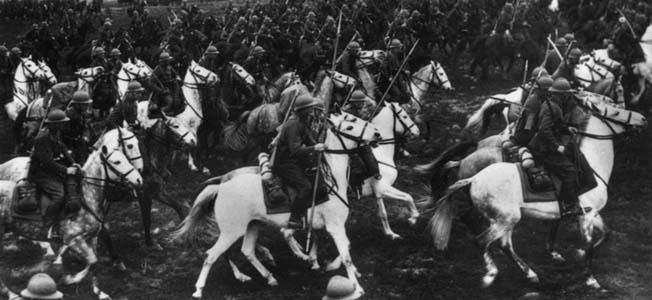
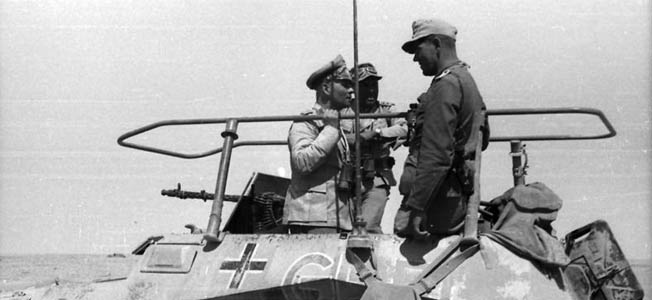
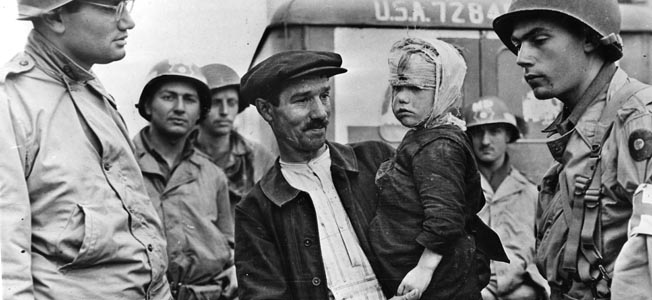
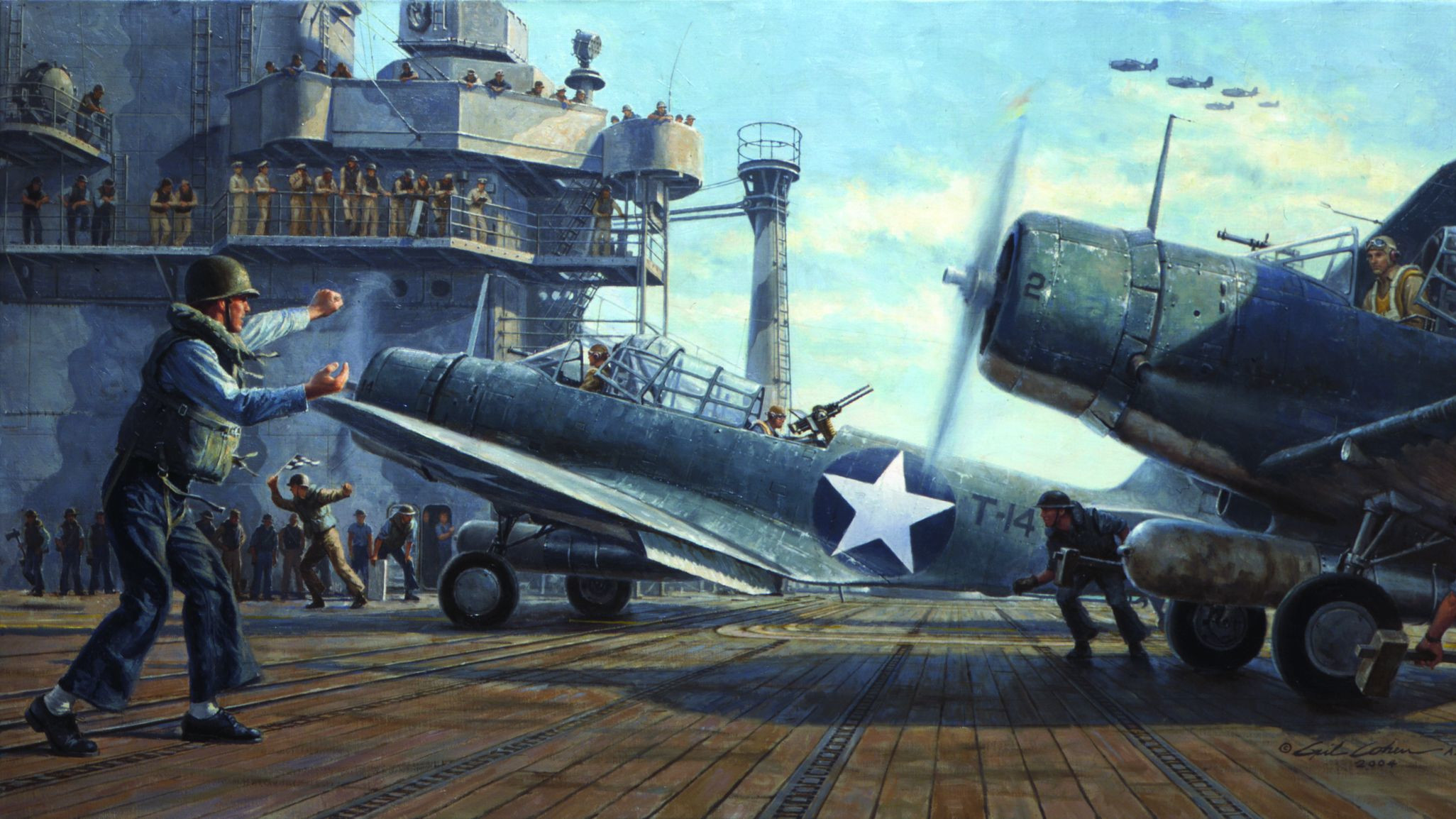

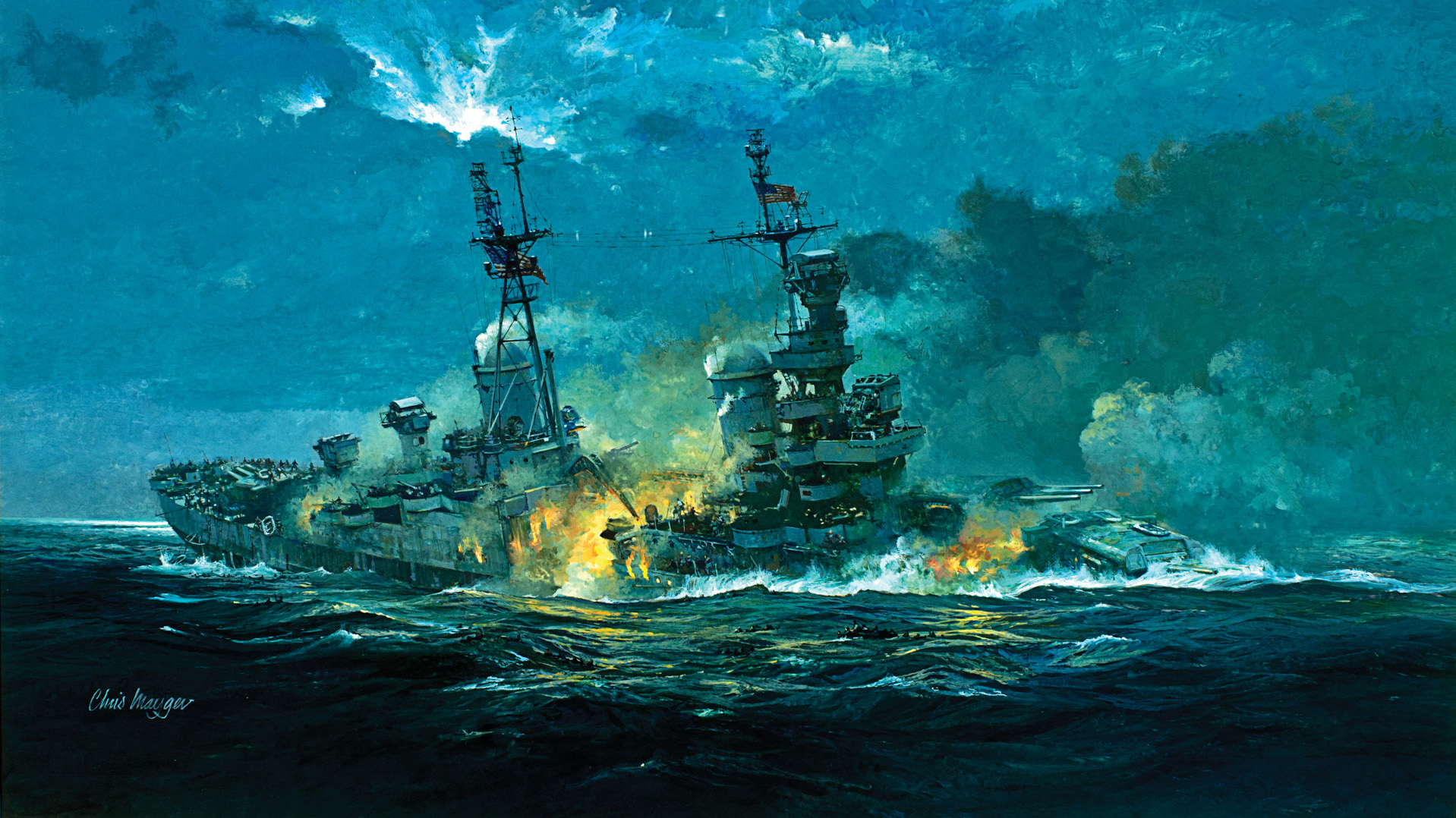
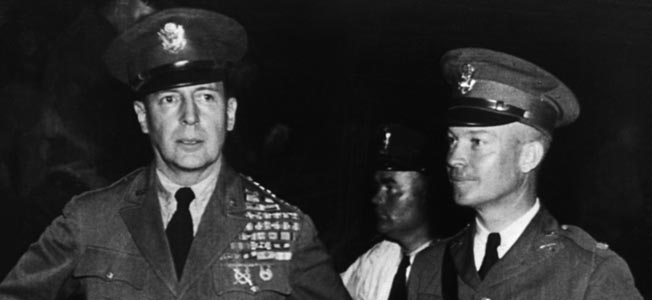
Join The Conversation
Comments
View All Comments